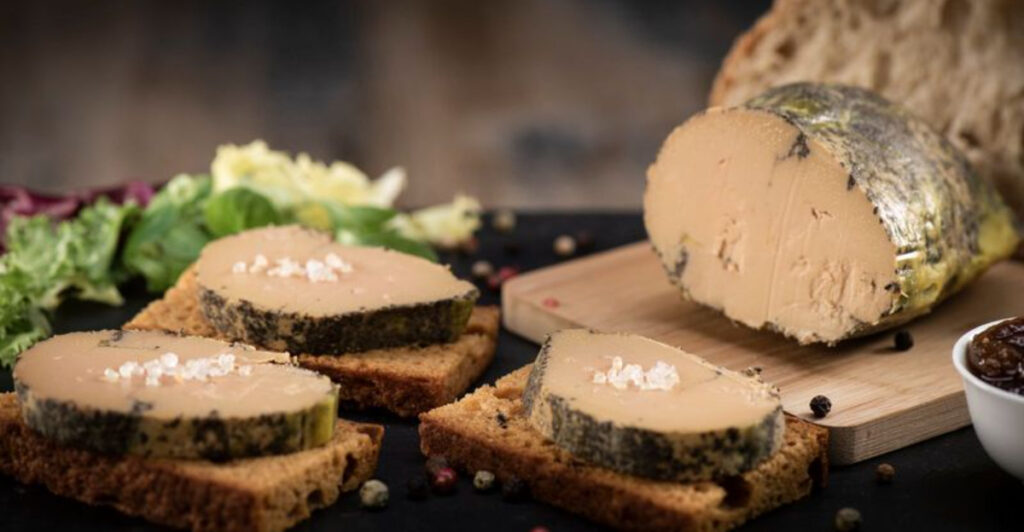Europe has long been a culinary powerhouse, from France’s gourmet cheeses to Italy’s iconic pastas. But some traditional foods — once celebrated — have become sources of controversy, protest, and even legal bans. Whether over animal rights, environmental impact, health concerns, or shifting cultural norms, these 17 European foods are now boycotted, banned, or debated, even in their countries of origin.
1. Raw Milk Cheese
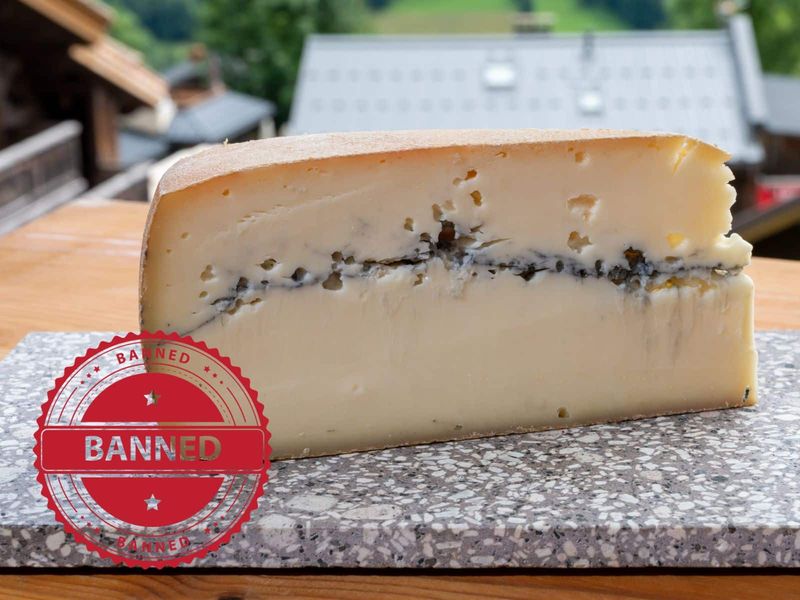
Raw milk cheeses like Italy’s Gorgonzola and France’s Camembert are beloved for their rich flavors yet scrutinized for health risks. Unpasteurized milk can harbor bacteria like Listeria, raising safety concerns. Despite traditional methods and artisanal prestige, export restrictions and warnings persist in markets like the U.S. Health advocates caution against potential contamination, igniting debate between taste and safety. In Italy, artisanal cheesemakers stand by their heritage, viewing pasteurization as a threat to flavor. The clash between tradition and regulation challenges raw milk cheese’s survival in an increasingly cautious food landscape.
2. Blood Sausage (Blutwurst)
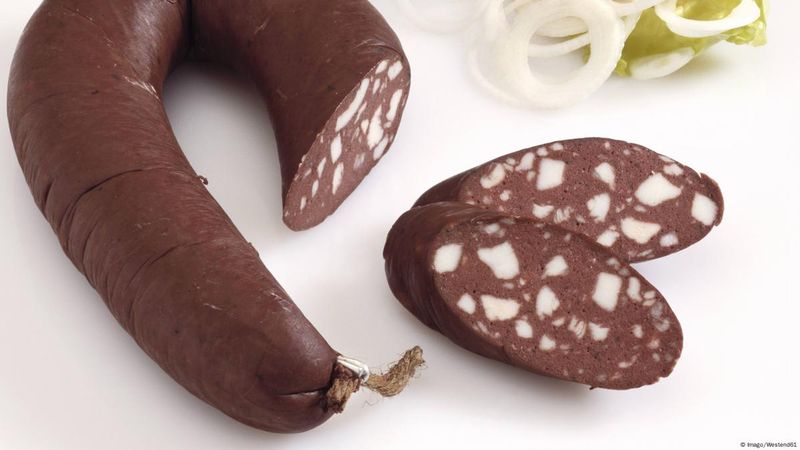
Germany’s blood sausage, or Blutwurst, carries a legacy of hearty, traditional fare, yet faces modern skepticism. Once a staple, it’s now bypassed by younger Germans and vegetarians for its peculiar taste and ethical implications. The dish, rooted in resourceful cooking, symbolizes cultural nostalgia versus contemporary values. In Cologne, taverns still serve Blutwurst with pride, but the demand wanes. Modern palates favor plant-based diets, steering away from such visceral experiences. Blutwurst’s struggle reflects broader shifts, as Germany balances culinary heritage with evolving dietary ethics.
3. Jamón Ibérico de Bellota
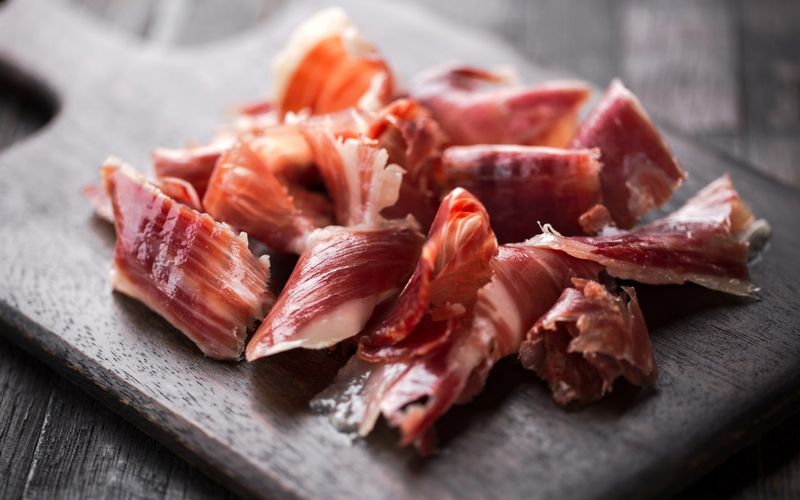
Jamón Ibérico de Bellota, a Spanish delicacy, faces scrutiny for intensive farming practices. While prized for its flavor, critics highlight the confinement systems in Andalusia’s pig farms. Animal welfare advocates call for reform, as videos expose harsh conditions. Traditionally, Iberian pigs roam freely, feeding on acorns, yet mass production compromises standards. Spanish culinary pride clashes with ethical consumerism, prompting calls for sustainable practices. In Andalusia, farmers are pressured to balance tradition with humane treatment, ensuring this beloved ham retains its esteemed status without compromising animal welfare.
4. Whale Meat
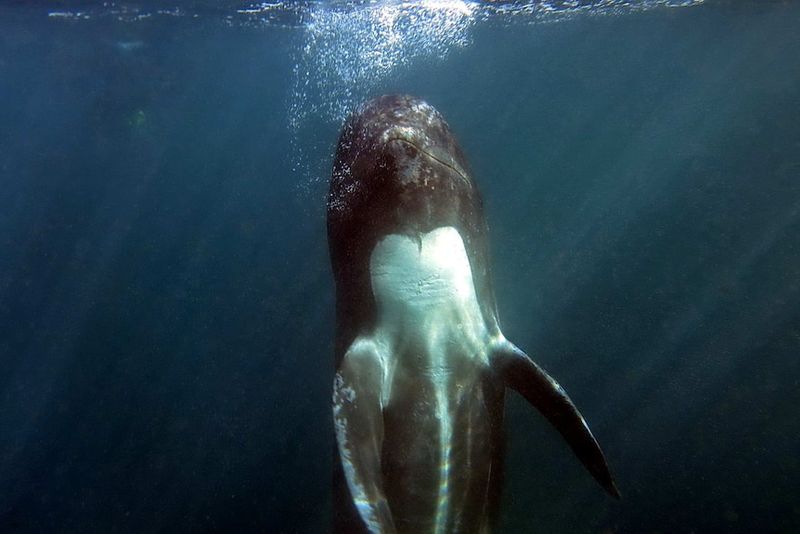
Whale meat from the Faroe Islands ignites fierce debate over marine conservation. The traditional hunt, Grindadráp, faces condemnation from animal rights groups and environmentalists. While culturally significant, many view it as archaic and brutal. Faroe Islanders argue for tradition and sustainability, maintaining that the hunt is regulated and essential. The clash highlights tensions between cultural heritage and conservation efforts. For many Danes and international observers, the practice symbolizes outdated customs needing reform. The future of whale meat hinges on balancing tradition with ecological responsibility.
5. Surströmming
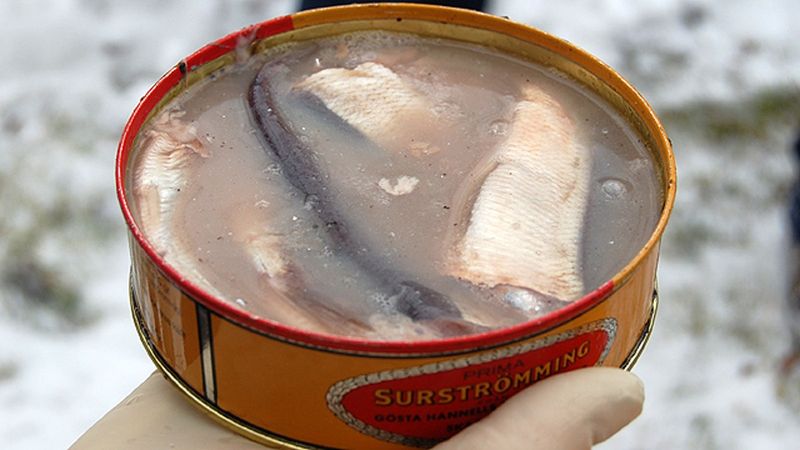
Surströmming, Sweden’s infamous fermented herring, is as loved as it is loathed. Its pungent aroma has led to bans on airlines and restrictions in shared spaces. For older generations, it’s a nostalgic treat, but younger Swedes often reject it. Surströmming’s cultural cachet persists, yet its strong scent divides opinion sharply. It embodies a culinary challenge and a rite of passage for the adventurous. As local popularity dwindles, its future lies in niche appeal, cherished by those who embrace its bold character. Surströmming remains an icon of Swedish culinary bravado.
6. Ortolan Bunting

The Ortolan Bunting, once a fine-dining indulgence, now symbolizes controversy over endangered species. Despite EU protection, some chefs serve it illicitly, sparking eco-legal outrage. The bird, consumed whole under a napkin, epitomizes opulent secrecy. Traditionally, it was a rare treat, but modern ethics demand its protection. In France and Greece, the dish’s allure continues amongst culinary rebels who defy bans. The Ortolan’s plight highlights broader conservation challenges, questioning the intersection of culinary tradition and ecological responsibility. It remains a contentious symbol of excess and exclusivity.
7. Foie Gras
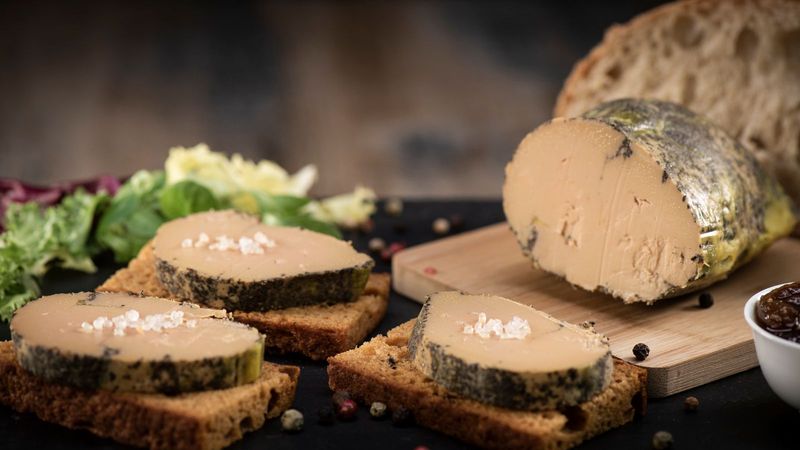
Foie gras, a culinary delight in France, faces controversy due to animal welfare concerns. The method of force-feeding ducks and geese to enlarge their livers has sparked global debates on ethical consumption. Some regions have banned it, calling for humane alternatives. Despite its rich, buttery taste, foie gras stands as a symbol of luxury marred by cruelty allegations. In France, famous chefs are divided, with some embracing tradition, while others protest its inhumanity. The clash between gastronomic heritage and modern values challenges its place on menus. Still revered in high-end dining, foie gras must navigate evolving attitudes towards animal rights and ethical dining.
8. Black Pudding
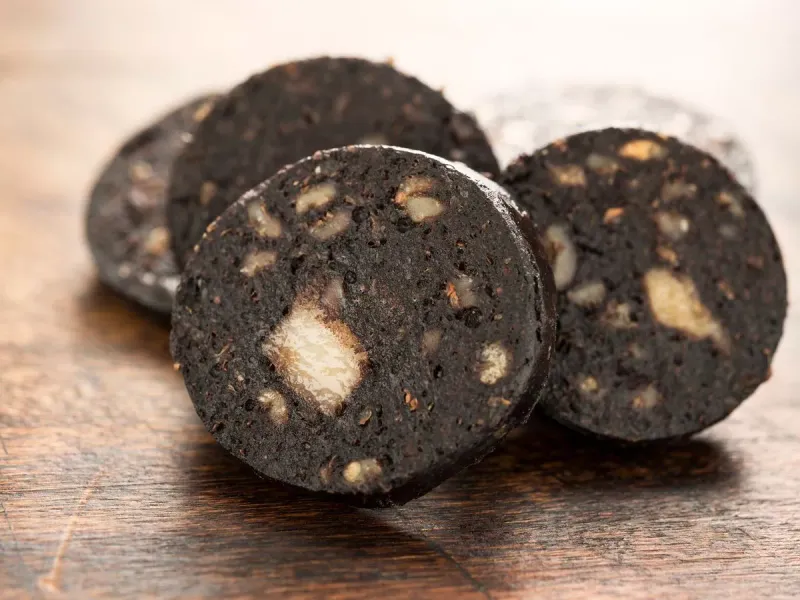
Black pudding, a staple of British breakfasts, faces scrutiny for health and ethical concerns. Composed of pig’s blood and oats, it’s both revered and reviled. While celebrated for its rich flavor and nutritional benefits, critics point to its unhealthy aspects and inhumane roots. As plant-based diets gain traction, alternatives emerge, appealing to ethical eaters. The dish’s future rests on balancing tradition with modern sensibilities. In the UK, its place at the breakfast table is debated, highlighting shifts towards health-conscious and ethical dining choices.
9. Lutefisk
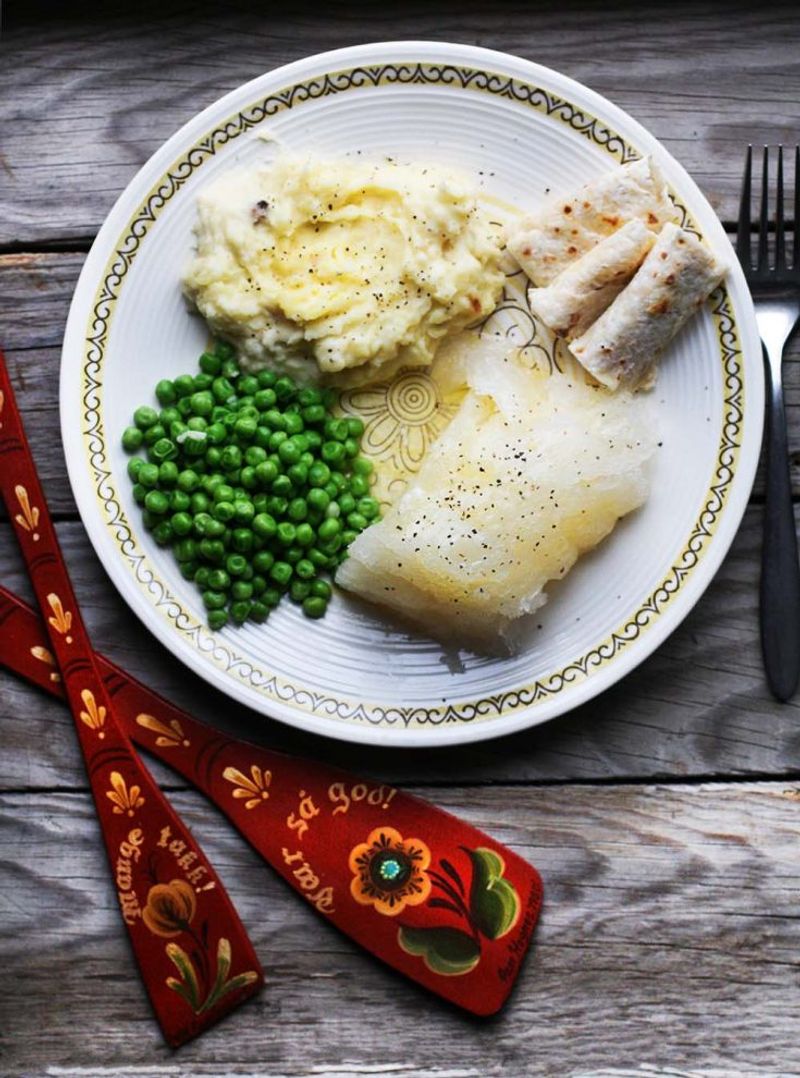
Lutefisk, a Norwegian holiday staple, evokes strong reactions. Made from dried fish rehydrated in lye, it’s a cultural icon yet polarizing. For older generations, it’s a festive favorite, while many younger Norwegians reject it. The dish’s gelatinous texture and unique preparation stir debate over its continued relevance. Lutefisk embodies tradition, but modern tastes lean towards more familiar flavors. Its survival depends on cultural nostalgia among those who cherish its idiosyncratic charm. In Norway, it remains a culinary curiosity, celebrated and questioned in equal measure.
10. Palm Oil-Based Chocolate Spreads
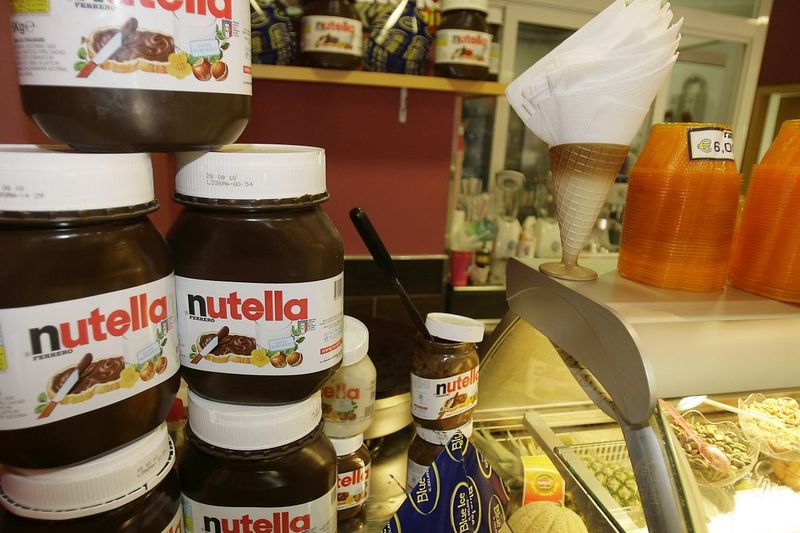
Palm oil-based chocolate spreads like Nutella face backlash over environmental impacts. Linked to deforestation and habitat loss, palm oil’s role in these beloved spreads sparks consumer boycotts. Italy’s Nutella, while adored for its creamy taste, stands at the center of these debates. Activists urge for sustainable alternatives, challenging manufacturers to reformulate. The controversy highlights the tension between indulgence and ecological responsibility. As awareness grows, consumers reconsider choices, seeking ethical enjoyment. Nutella’s future depends on balancing taste with environmental consciousness, a challenge for Italy’s cherished breakfast staple.
11. Frog Legs
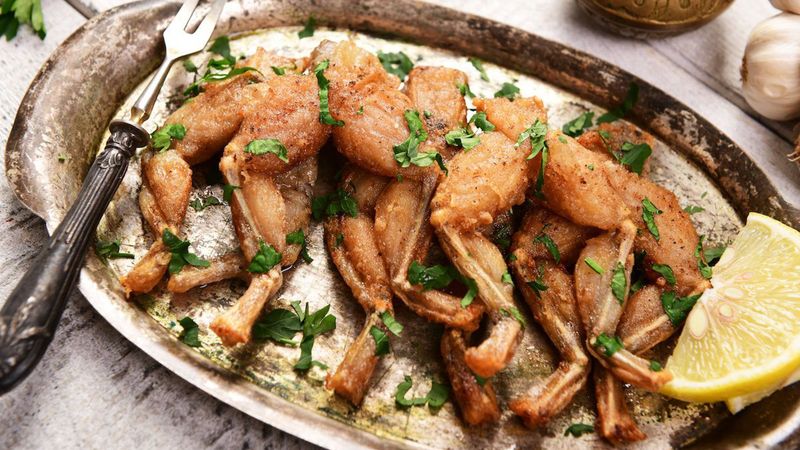
Frog legs, once a trendy delicacy in France and Romania, now face ecological scrutiny. Overharvesting threatens amphibian populations, leading to calls for stricter controls. The dish, celebrated for its tender texture, symbolizes culinary adventure yet raises conservation alarms. In France, markets still showcase frog legs, but environmentalists warn of depletion. The future of frog legs in European cuisine hinges on sustainable practices. As awareness grows, consumers consider ecological impacts, balancing taste with responsibility. The delicate dance between tradition and environmentalism challenges frog legs’ place on menus.
12. Angulas (Baby Eels)
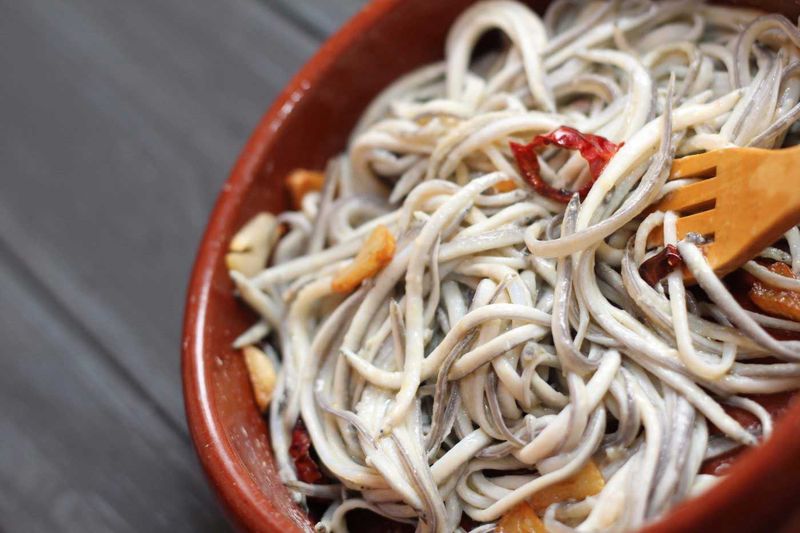
Angulas, or baby eels, a Basque delicacy, faces critical scrutiny for overfishing. Once abundant, these tiny eels are now ecologically unsustainable and prohibitively expensive. Poaching exacerbates their decline, prompting stringent crackdowns across Europe. Despite their delicate texture and historic significance, Angulas’ future in gastronomy is uncertain. In Spain, they symbolize luxury, yet their scarcity challenges chefs and consumers to rethink indulgence. Efforts to protect eel populations continue, highlighting tensions between culinary heritage and ecological preservation. Angulas remain a sought-after treat, yet their legacy hangs in the balance.
13. Gooseneck Barnacles (Percebes)
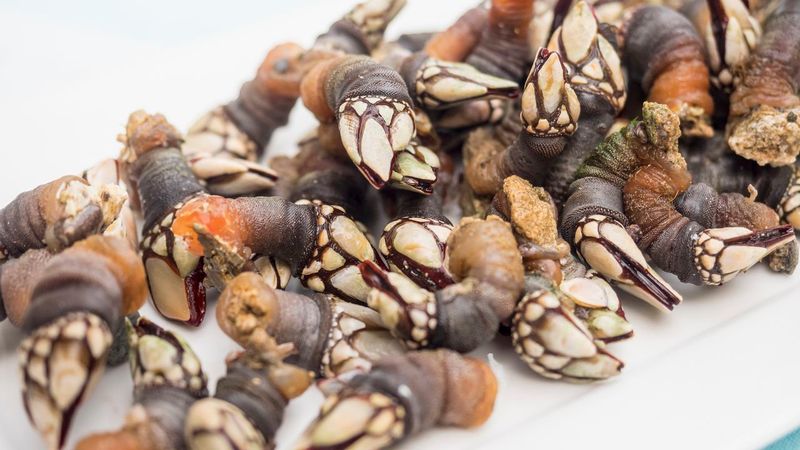
Gooseneck barnacles, or Percebes, are prized for their oceanic flavor but criticized for dangerous harvesting. Found on treacherous cliffs in Portugal and Spain, their collection risks harvester lives. The delicacy’s allure lies in its rarity and unique taste, yet ethical questions arise over safety and sustainability. In coastal communities, Percebes symbolize resilience and tradition. The tension between taste and ethical sourcing prompts discussions on responsible consumption. As demand persists, balancing consumer desires with safe harvesting practices remains a challenge, ensuring Percebes’ place in culinary culture.
14. Horse Meat
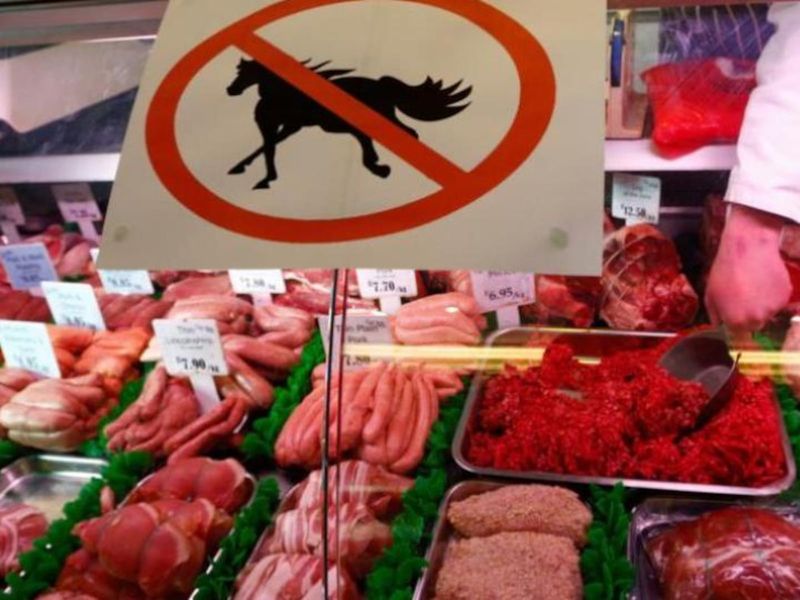
Horse meat, once a staple in parts of Europe, now ignites ethical debates. While historically consumed in Belgium, France, and Italy, many now view it as taboo. Scandals like the 2013 horse meat mislabeling affair have eroded trust and heightened scrutiny. Yet, horse meat’s lean, protein-rich qualities attract a niche audience seeking alternatives to traditional meats. The cultural divide is stark: older generations reminisce fondly, while younger consumers eschew it for ethical reasons. In Belgium, traditional butcheries remain, yet face dwindling patronage. The question of horse meat’s place in modern cuisine lingers, complicated by emotions and ethical considerations.
15. Pag Lamb
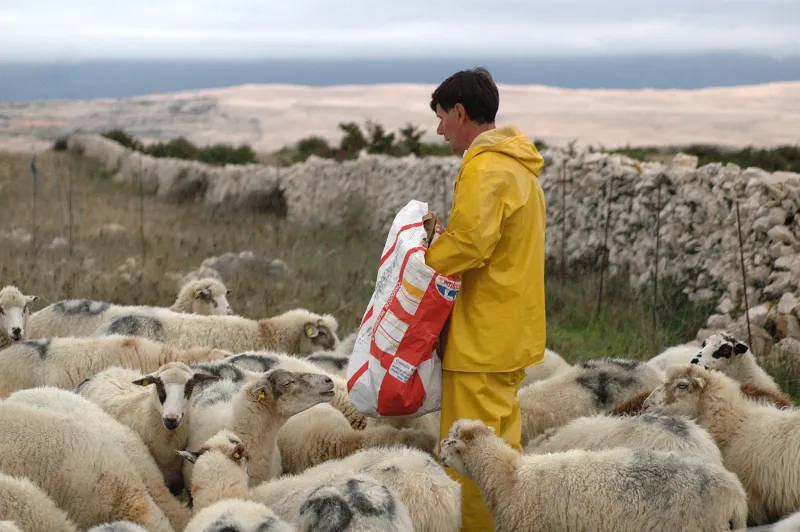
Pag Lamb, a Croatian delicacy, faces concerns over environmental impact. Raised on small islands, their grazing threatens delicate ecosystems and biodiversity. Environmentalists warn of long-term damage, yet the lamb’s tender meat remains a culinary treasure. In Croatia, Pag Lamb represents tradition and island life, cherished by locals and tourists alike. The challenge lies in balancing culinary heritage with environmental preservation. Efforts to manage grazing and protect habitats continue, ensuring Pag Lamb’s legacy endures responsibly. The dish’s future depends on sustainable practices and cultural appreciation, reflecting broader ecological challenges.
16. Żurek with Tripe
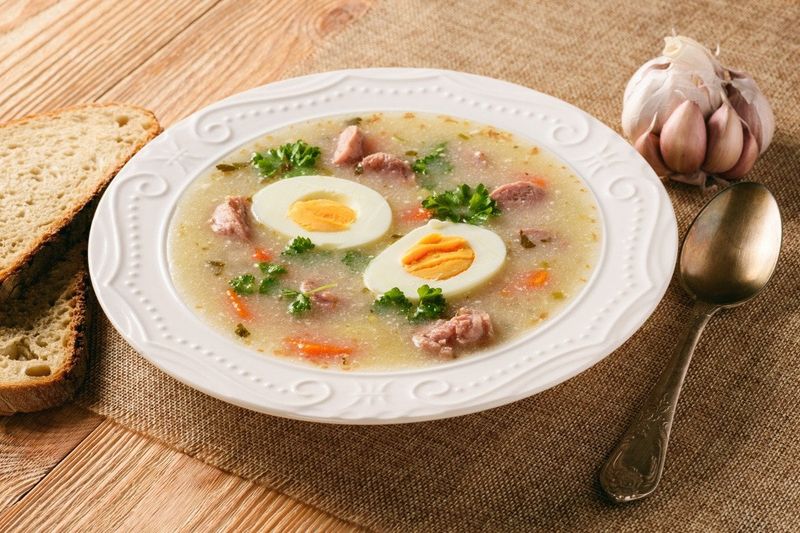
Żurek with Tripe, a traditional Polish soup, faces a culinary crossroads. While cherished by older generations for its hearty flavors and historical roots, younger Poles often view it as outdated. The dish’s combination of sour fermented rye and tripe represents resourcefulness, yet modern palates seek lighter, more contemporary options. In Poland, Żurek symbolizes cultural continuity, but its relevance wanes. The challenge lies in preserving tradition while embracing change, as cooks reimagine the soup for new audiences. Żurek’s journey reflects broader shifts in culinary tastes and cultural identity.
17. Lard-Based Pastries
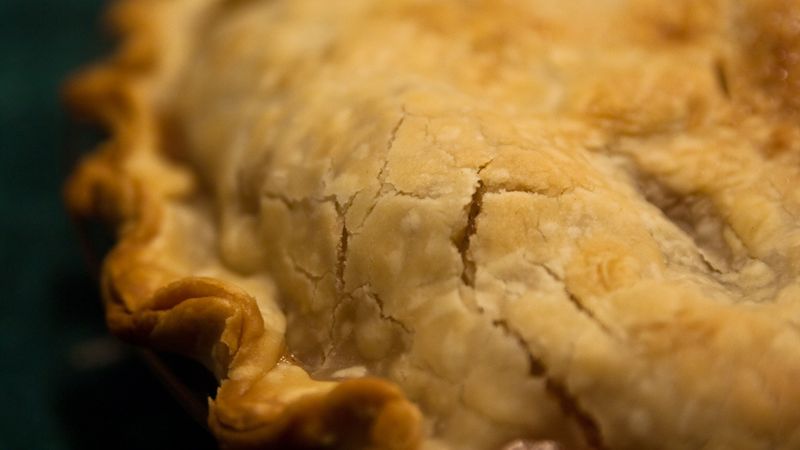
Lard-based pastries, a Balkan tradition, confront modern dietary trends. Once common, these rich treats now face decline as health-conscious and vegetarian consumers opt for alternatives. The pastries, known for their flaky texture, embody culinary heritage, yet their future is uncertain. In Eastern Europe, bakeries adapt, offering new options alongside traditional recipes. The shift highlights tensions between indulgence and health, prompting a rethinking of culinary values. As demand for healthier choices grows, lard-based pastries navigate a delicate balance, preserving taste while embracing modern preferences. Their story reflects broader changes in food culture and consumption.

